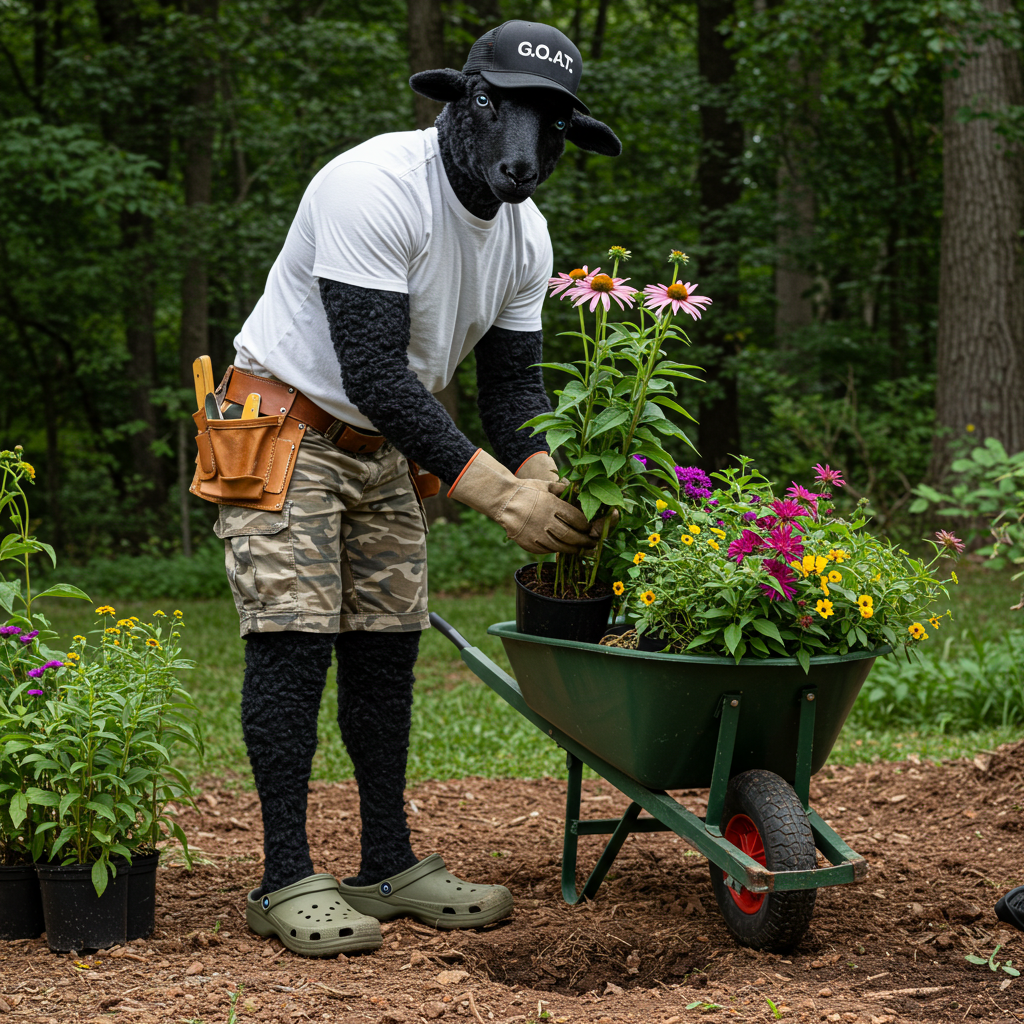Gardening in Clay Soil: Embrace the Challenge

Clay soil gets a bad rap.
Yes, it’s sticky when wet, cracks like a desert in summer, and sometimes feels like you’re planting in wet cement. But guess what? With a little know-how and the right plants, clay soil can actually be one of your garden’s greatest assets.
Clay is nutrient-rich, moisture-retentive, and, once loosened up a bit, an excellent foundation for a thriving perennial garden. You just need to play to its strengths—and stop trying to treat it like something it’s not.
So, let’s dig in (maybe with a sturdy shovel) and talk about how to embrace clay, choose plants that love it, and grow something beautiful.
🧱 What Makes Clay Soil Different?
-
Tiny particles = dense, heavy soil
-
Holds nutrients well = bonus for long-term feeding
-
Slow-draining = great in droughts, tricky in wet seasons
-
Can compact easily = aeration is key
Clay isn’t bad—it just needs support. And once you understand its rhythms, it actually does a lot of the heavy lifting for you.
🛠️ Clay Soil Care Tips (That Don’t Involve Replacing It)
You don’t need to dig it all out or bring in truckloads of new soil. Here’s how to improve what you have:
-
Add compost. Organic matter improves texture and drainage. Aim for topdressing in spring and fall.
-
Mulch generously. Prevents crusting, helps moisture regulation, and feeds soil life.
-
Avoid tilling when wet. It turns clay into bricks. Wait until it’s crumbly.
-
Plant in mounds or raised spots to prevent soggy roots.
-
Choose the right plants. Nature already figured this out—clay-lovers exist.
🌿 Clay-Tolerant Perennials That Thrive Without Fuss
These tried-and-true performers don’t mind heavy soil—and some even prefer it:
-
Echinacea purpurea – Strong roots, upright stems, and blooms that love to soak up summer.
-
Rudbeckia ‘Goldsturm’ – Classic black-eyed Susan, famously clay-tolerant and joyful.
-
Monarda ‘Raspberry Wine’ – Loves moisture and holds its own in heavier soil.
-
Aster ‘October Skies’ – Fall colour and dense growth that takes to clay like a pro.
-
Amsonia hubrichtii – Thrives in lean or heavy soil and rewards with golden fall foliage.
-
Helenium ‘Mariachi Sombrero’ – Bold blooms and a robust nature that doesn’t shy away from dense ground.
-
Sedum ‘Autumn Joy’ – Surprisingly adaptable and resistant to clay-induced root rot.
💡 Pro tip: Group clay-lovers together and keep them slightly elevated with compost-rich mounds.
💧 Drainage Still an Issue? Try These Tricks
-
Double-dig beds in fall to loosen the soil before spring planting.
-
Add gypsum sparingly to break up clay if needed—but only after a soil test.
-
Create planting pockets with compost-enriched soil, especially for fussier plants.
🧤 Planting in Clay: The Gentle Way
🌱 Dig wide, not deep. Clay doesn’t drain down easily—so make room outward.
🌱 Rough up the edges of your planting hole so roots don’t circle.
🌱 Backfill with a compost-soil mix (not straight black soil or peat).
🌱 Water slowly—clay holds water longer than you think.
Final Thoughts: Clay Soil Isn’t the Problem—It’s the Partner
Gardening in clay isn’t about conquering your soil. It’s about working with it, trusting it, and finding the beauty in its strength.
When you stop fighting clay and start planting for it, your garden becomes more resilient, more beautiful—and surprisingly low-maintenance.
So take that heavy soil and see it for what it is: solid ground. You’re building something wonderful, right from the dirt up.

